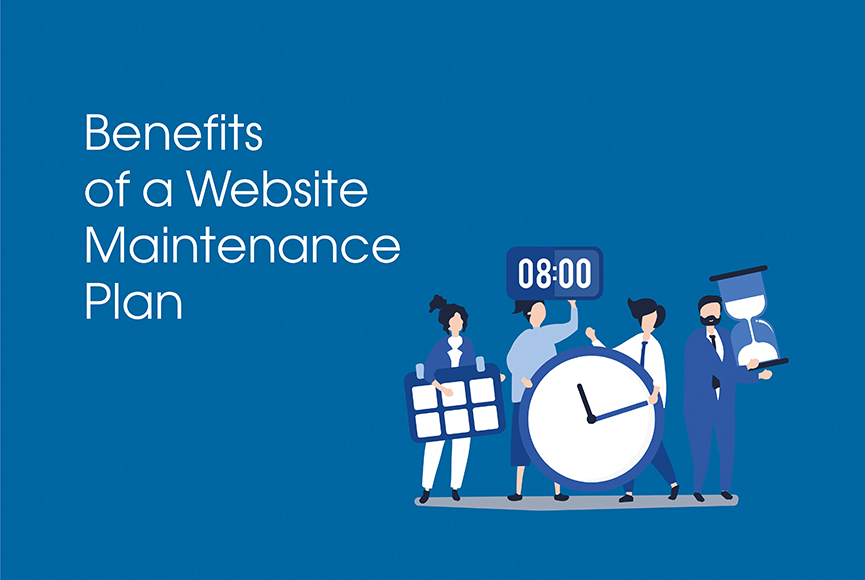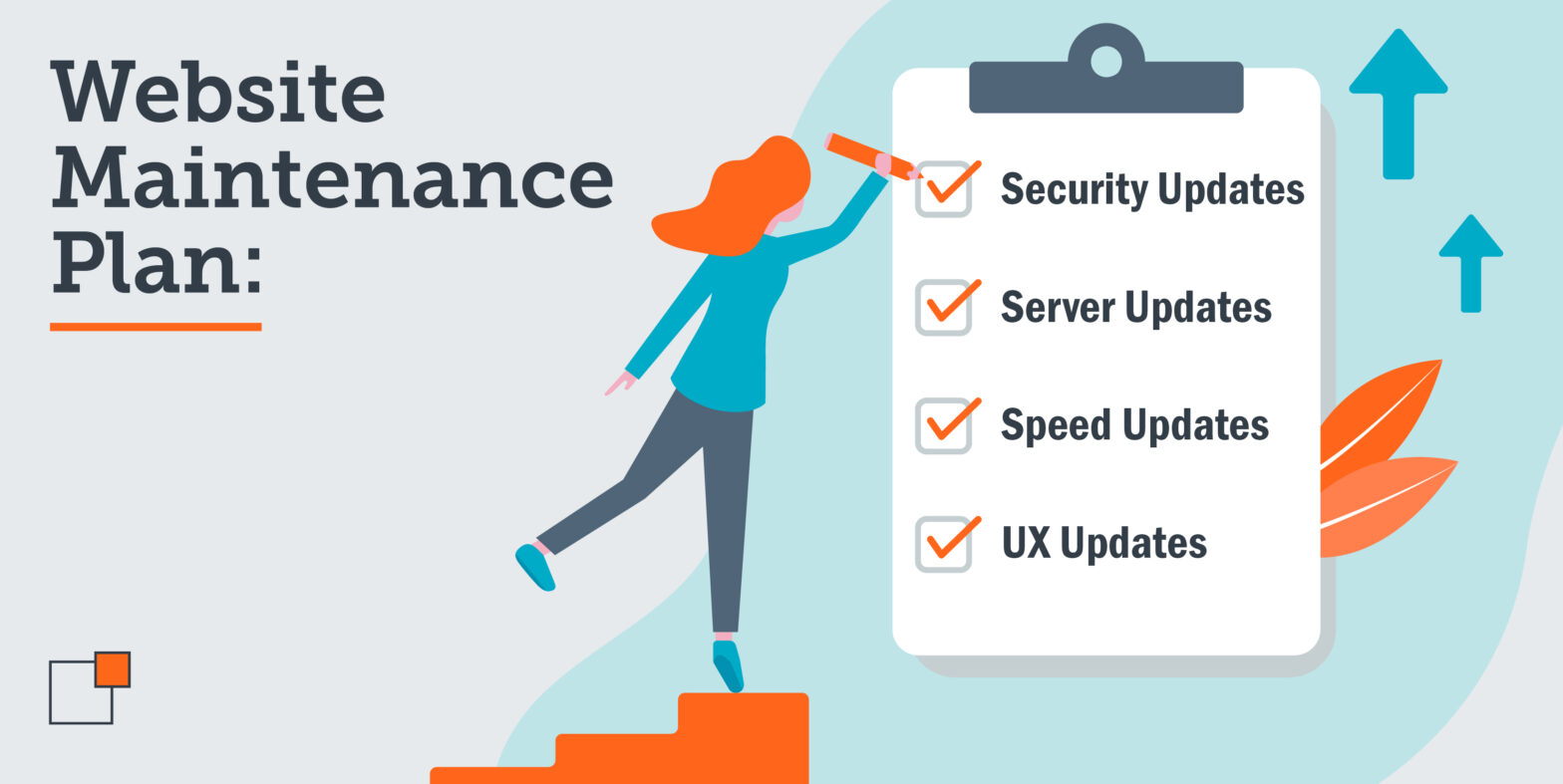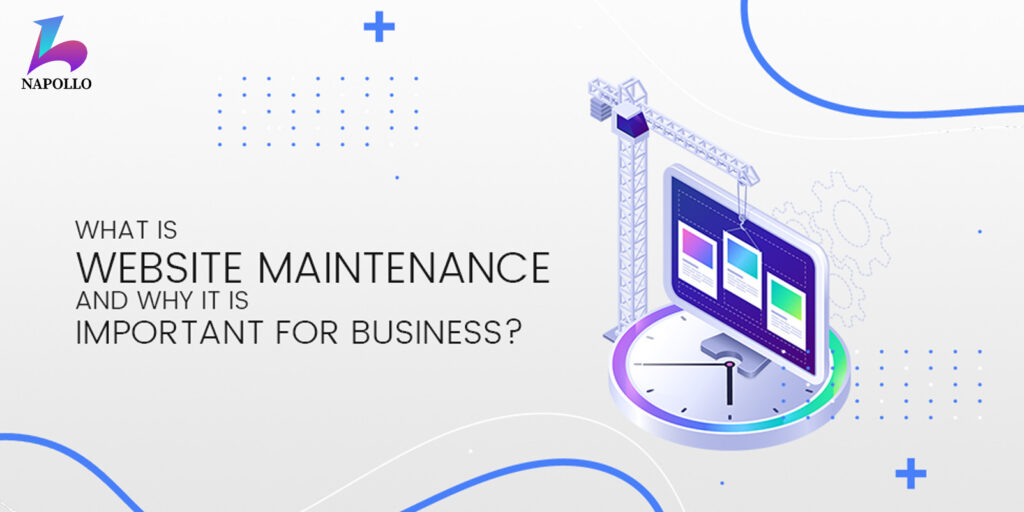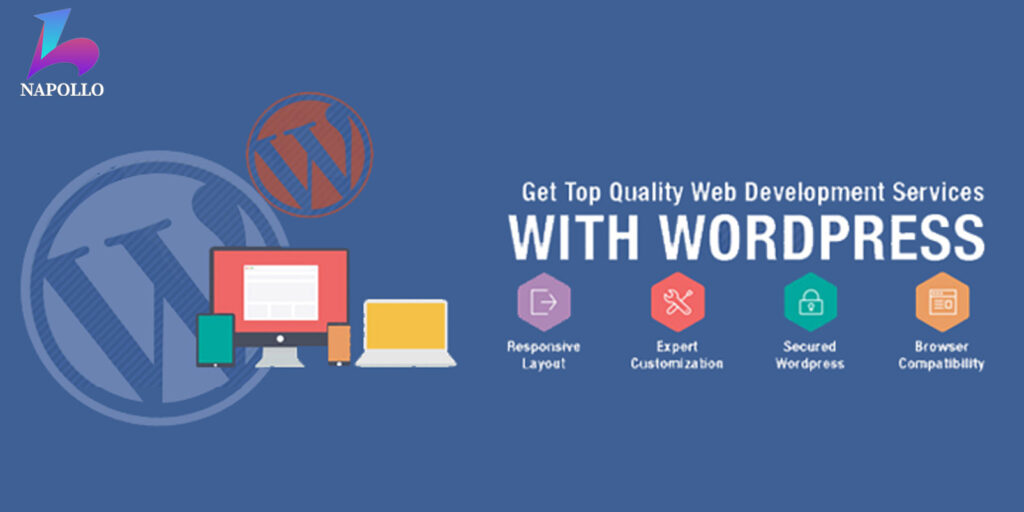In the vast digital landscape, your website stands as a beacon, representing your brand, values, and offerings. However, like any structure, it requires regular upkeep to remain sturdy and functional. Website maintenance is not just about fixing what’s broken; it’s about proactive measures to ensure optimal performance, security, and user experience. But with a plethora of maintenance plans available, how do you choose the right one without burning a hole in your pocket? Let’s explore.
Understanding the Importance of Website Maintenance
- User Experience: A well-maintained website ensures that visitors can navigate seamlessly, access content quickly, and perform desired actions without hitches.
- Security: Regular updates and patches keep vulnerabilities at bay, protecting your site from potential hacks and breaches.
- SEO: Search engines prioritize websites that are updated, functional, and user-friendly. Regular maintenance ensures you don’t lose your hard-earned search ranking with our SEO services.
- Functionality: As your business evolves, your website should too. Maintenance ensures that all features and integrations work as intended, whether it’s website development or ecommerce management.

Factors to Consider When Choosing a Maintenance Plan
- Your Website’s Complexity: A simple blog has different needs compared to an e-commerce platform or a feature-rich corporate site. Understand your website’s intricacies and choose a plan that caters to its specific requirements.
- Frequency of Updates: If your website content changes regularly, you’ll need a more frequent maintenance schedule. Conversely, static sites might require less frequent check-ups.
- Budget: While it’s tempting to opt for the cheapest plan available, remember that in the world of web maintenance, you often get what you pay for. It’s essential to find a balance between cost and the value provided.
- In-house vs. Outsourced: Determine whether you have the expertise in-house to handle maintenance or if outsourcing to a dedicated website maintenance service is a more viable option.
Types of Maintenance Plans
- Basic Plans: Ideal for small websites or blogs. These typically cover core updates, basic security measures, and occasional content updates.
- Intermediate Plans: Suited for medium-sized businesses or e-commerce sites. They often include regular content updates, SEO improvements, security enhancements, and performance optimization.
- Advanced Plans: Tailored for large enterprises or complex websites. These plans encompass everything from in-depth security protocols, regular content revamps, SEO strategies, to performance tuning and more.
The Cost-Benefit Analysis
- While it might seem like an added expense, investing in a suitable maintenance plan can save you money in the long run. Consider the costs associated with:
- Downtime: If your website crashes, you lose potential revenue for every minute it’s down.
- Security Breaches: The financial and reputational damage from a hacked website can be immense.
- Lost SEO Ranking: Falling off the first page of search results can significantly impact your website’s traffic and, by extension, potential revenue.
By investing in regular maintenance, you mitigate these risks, ensuring that your website remains an asset, not a liability.
In Conclusion
Picking the right website maintenance plan is not just a cost-saving measure; it’s a strategic decision that impacts your brand’s online presence and reputation. By understanding your website’s unique needs and aligning them with the right service level, you ensure longevity, optimal performance, and a robust return on investment. Remember, in the digital realm, proactive care with the right maintenance services is always more cost-effective than reactive repairs.









